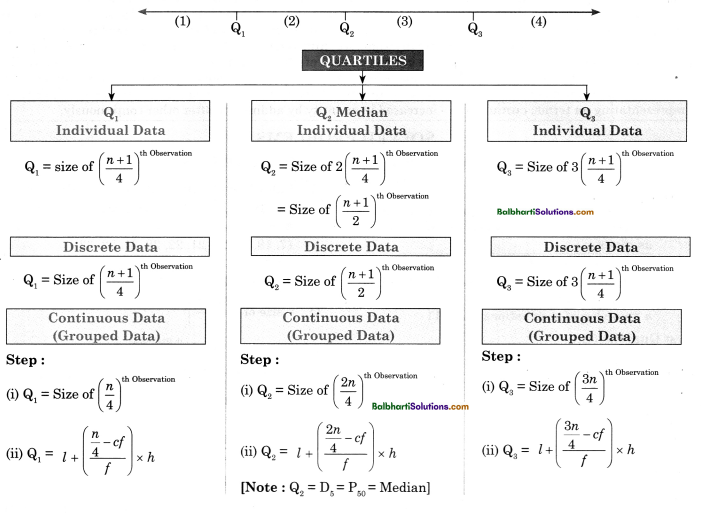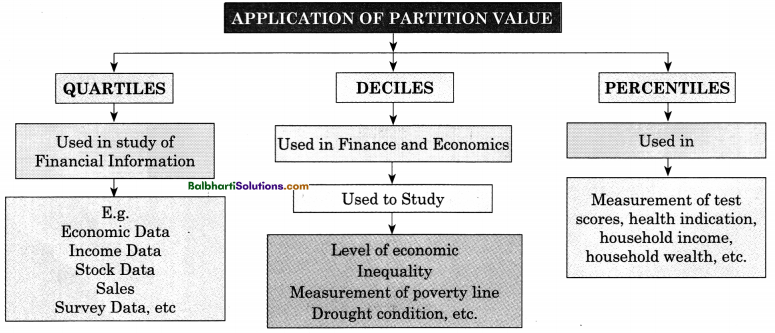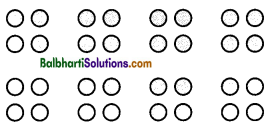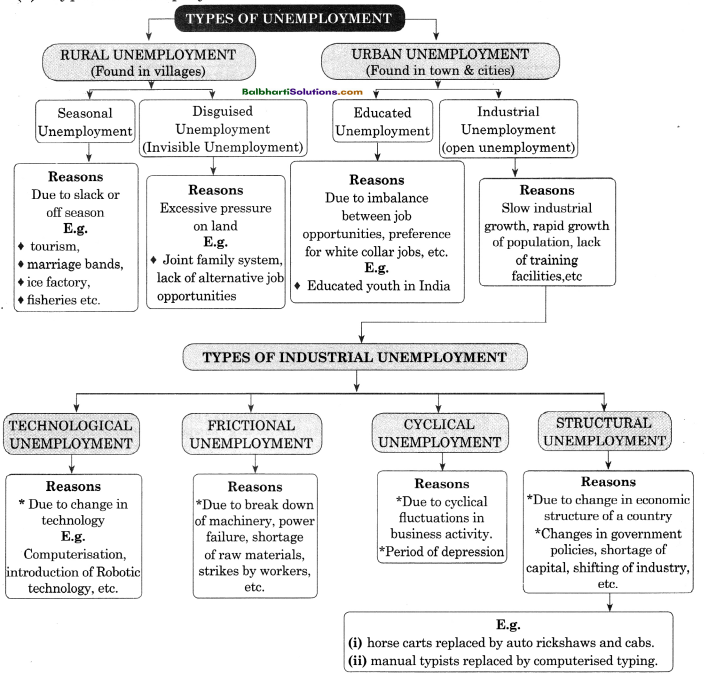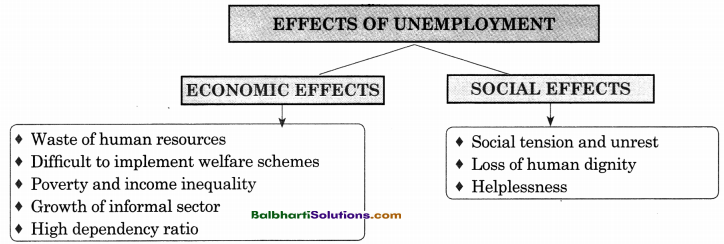By going through these Maharashtra State Board Class 12 Political Science Notes Chapter 6 India and the World students can recall all the concepts quickly.
Maharashtra State Board Class 12 Political Science Notes Chapter 6 India and the World
Introduction
India has played an active role in international relations even before independence for e.g. India was a signatory at the San Francisco Conference that gave shape to the United Nations Charter.
The primary objectives of India’s Foreign Policy are –
- maintenance of international peace and security.
- protection of the sovereignty and integrity of the country.
- maintaining good relations with neighbouring countries and with regional groups such as ASEAN.
- greater integration with the world economy to sustain a high growth rate.
The principles of India’s foreign policy are –
→ respect for the sovereignty and territorial integrity of all States.
→ non-intervention in the internal affairs of any other States.
→ respect for international law.
→ belief in peaceful coexistence and peaceful resolution of international disputes.
→ active participation in international and regional organisations.
→ Pandit Jawaharlal Nehru is called the ‘architect of India’s foreign policy.
Factors Influencing India’s Foreign Policy:
Geography – The extensive coastline of the Indian peninsula and the Himalayan mountain ranges have shaped India’s security and foreign policy. India shares a border with all neighbouring countries of South Asia. It also holds a dominant position in the Indian Ocean.
History – It includes the influence of traditional cultural values, cultural ties as well as values like anti-colonialism which were imbibed during the freedom struggle.
Economy – The strong urge to come out of poverty and economic backwardness created by the colonial period as well as the policy of Non-Alignment shaped India’s foreign policy. India followed democratic socialism through the policy of import substitution and importance to the public sector. Post-1991, after adopting the policy of Liberalisation, Privatisation and Globalisation many changes have occurred in India’s foreign policy.
Polity – Political leadership has a significant impact on India’s foreign policy for e.g., Prime Ministers Jawaharlal Nehru, Lai Bahadur Shastri, Indira Gandhi, Atal Bihari Vajpayee, Narendra Modi have played a decisive role in determining India’s foreign policy. Ministry of External Affairs and National Security Advisor play an important role in formulating foreign policy.
International situation – During the Cold War, superpower politics had impacted India’s foreign policy e.g., adopting Non-Alignment. Similarly, conditions such as end of the Cold War, Indo-US dialogues, China-Pakistan relations, growth of regional organisations, etc., have impacted the foreign policy of India.
![]()
India’s Relations With The World:
→ Relations with major powers in the world During the Cold War, USA and Soviet Union were the superpowers. In the 21st century, Russia and China have emerged as major powers. ‘
United States of America (USA):
US President Franklin D. Roosevelt had supported the cause of India’s independence, However, relations between USA and India remained strained for most of the Cold War period. Close relations of the USA with Pakistan and its position on the Kashmir issue have been irritants in Indo-US relations. Following India’s second nuclear tests (1998) the US imposed sanctions on India.
→ However, from the start of this century Indo- US ties have improved due to the following reasons –
Anti-terrorism stance: India supported President George W. Bush’s war on terrorism. Similarly, after the 2001 terrorist attack on Indian Parliament by Pakistan-supported terrorist groups, US demanded that Pakistan should stop sponsoring cross-border terrorism.
Partnership and Agreements: The US regards India as a major partner in the Indo- Pacific region. India regards the USA as a major source of investment and partner in trade and defence as well as in multilateral fora like India-US-Japan. In 2008, the India- US Civil Nuclear Cooperation Agreement was signed by which India became the only country outside NPT that has nuclear capabilities.
Soviet Union / Russia:
During the Cold War era, Soviet Union provided aid to India in the form of technology, weapons and low-interest credit to India’s heavy industry projects in the public sector. Indo-Soviet Friendship Treaty (1971) is considered a milestone in their bilateral relations.
After the disintegration of the Soviet Union, Russia agreed to provide reactors for India’s Kudankulam nuclear power plant and for joint ventures to produce Sukhoi fighter aircraft and Brahmos missiles. Both India and Russia have major stakes in Russia oil fields such as Sakhalin-1 highlighting the importance of energy security.
![]()
China: In 1949, the Communist revolution took place in China. India was among the first nations to recognize the People’s Republic of China. In 1954, India and China signed the Panchsheel Agreement and India also recognised Chinese suzerainty on Tibet.
The main hindrances in Sino-Indian relations are –
- 1962 Indo-China war, 2017 Doklam skirmish
- Border disputes in Aksai Chin and NEFA region
- China has been critical of India offering political asylum to the Dalai Lama
- Chinese support to Pakistan
- India’s apprehensions against China’s Belt and Road Initiative.
On the positive side, India-China relationship has improved due to –
→ Agreement on maintenance of peace and tranquillity along the LOC
→ China has become among the largest trading partners of India
→ India and China are part of BRICS and SCO
→ In the late 1990s, Russia mooted the idea of a Trilateral Summit of Russia, China, India which was a recognition of India’s status as a major regional power.
Relations with Africa:
In the first few decades after independence, India supported the fight against apartheid and provided financial and material aid to liberation struggles in Africa for eg., the AFRICA Fund created at the NAM Summit (Harare)
There are several issues in the context of India-African relations
→ The India-Africa summit was held in 2015.
→ About 24 per cent of Indian crude oil imports are sourced from the African continent eg., ONGC Videsh has invested in Sudan and Egypt.
→ About two million people in Eastern and Southern Africa constitute the India diaspora which is considered as an asset by the Indian government.
→ Indian industries are interested in offering technological and material services to developing African nations.
→ India continues to be one of the military training destinations e.g., National Defence Academy, Pune has the ‘Sudan Block’ as a symbol of cooperation between India and Sudan.
→ Countries from Somalia to South Africa fall under the India maritime strategic perspective. Hence, cases of terrorism and piracy in Somalian waters have made this region sensitive to Indian concerns.
Relations with the Neighbourhood:
All South Asian countries share a border with India. Bangladesh, China, Indonesia, Myanmar, Pakistan, Thailand and Sri Lanka are regarded as India’s neighbours. Countries in the India Ocean Region (IOR), from East Africa, Persian Gulf to Malaysia, Vietnam as well as countries in the Central Asian hinterland of IOR form India’s extended neighbourhood.
India’s first Prime Minister Jawaharlal Nehru promoted the idea of Asian-African regionalism. This led to initiatives like Asian Relations Conference (1947) and Bandung conference (1955)
Relations with Pakistan: The main cause of the tensions between India and Pakistan has been the status of Kashmir. This led to the 1947-48 conflict and 1965 war. Efforts to improve Indo-Pak relations include 1972 Shimla Agreement, 1999 Lahore Agreement, etc.
Himalayan Kingdoms: Nepal, Bhutan and Sikkim were British protectorates. Sikkim opted to integrate with India (1975). Relations with Bhutan have been cordial. However, relations with Nepal have seen ups and downs.
Bangladesh: India played a major role in securing independence for Bangladesh in 1971. Major issues in Indo – Bangladesh relations were about distribution of waters of Teesta river, land and maritime boundaries, Chakma refugees, etc. Cross border terrorism is a concern for both countries.
Sri Lanka: India and Sri Lanka had a disputed maritime boundary. The main issue here is Sri Lanka had accused India of supporting the LTTE.
Myanmar: It was a co-convener at the Bandung Conference. However, after the military coup in 1962 there was a cooling off in Indo-Burma relations. India extended support to the pro-democracy movement in Myanmar under its leader Mrs. Aung San Suu Kyi. The support of Myanmar is vital in India’s action against militant groups hiding in Myanmar
West Asia: India has been a supporter of the Palestine Liberation Organisation (PLO) and yet ensured that it maintains good relations with Israel. Similarly, India has shared cordial historical and cultural ties with Iran and Saudi Arabia.
![]()
South-East Asia: Indonesia under Sukarno had co-founded the Non-Aligned Movement. Relations with Vietnam have always been good. India had openly criticised US intervention in Viet Minh. As part of its “Look East” and “Act East” policy, India has improved relations with countries like Japan, Thailand, Singapore, Malaysia, Indonesia, etc., The areas of cooperation include security of trade routes, anti-piracy operations, etc.,
India has a Free Trade Agreement with ASEAN and is also a partner in ASEAN promoted ARF. India has been an active partner in SCO, BIMSTEC, etc.,
India Ocean Region: The coastline presents both challenge and opportunity to India due to its trade and security perspectives. The Naval Plans Paper (1948) expressed India’s maritime vision. In the 1971 war with Pakistan, the Indian Navy played a significant role. Bharatmala and Sagarmala projects are significant. The Indian Ocean Rim Association for Regional Cooperation was created in 1997 to promote sustained and balanced growth of the region. It has 22 Member States and 9 Dialogue Partners.


